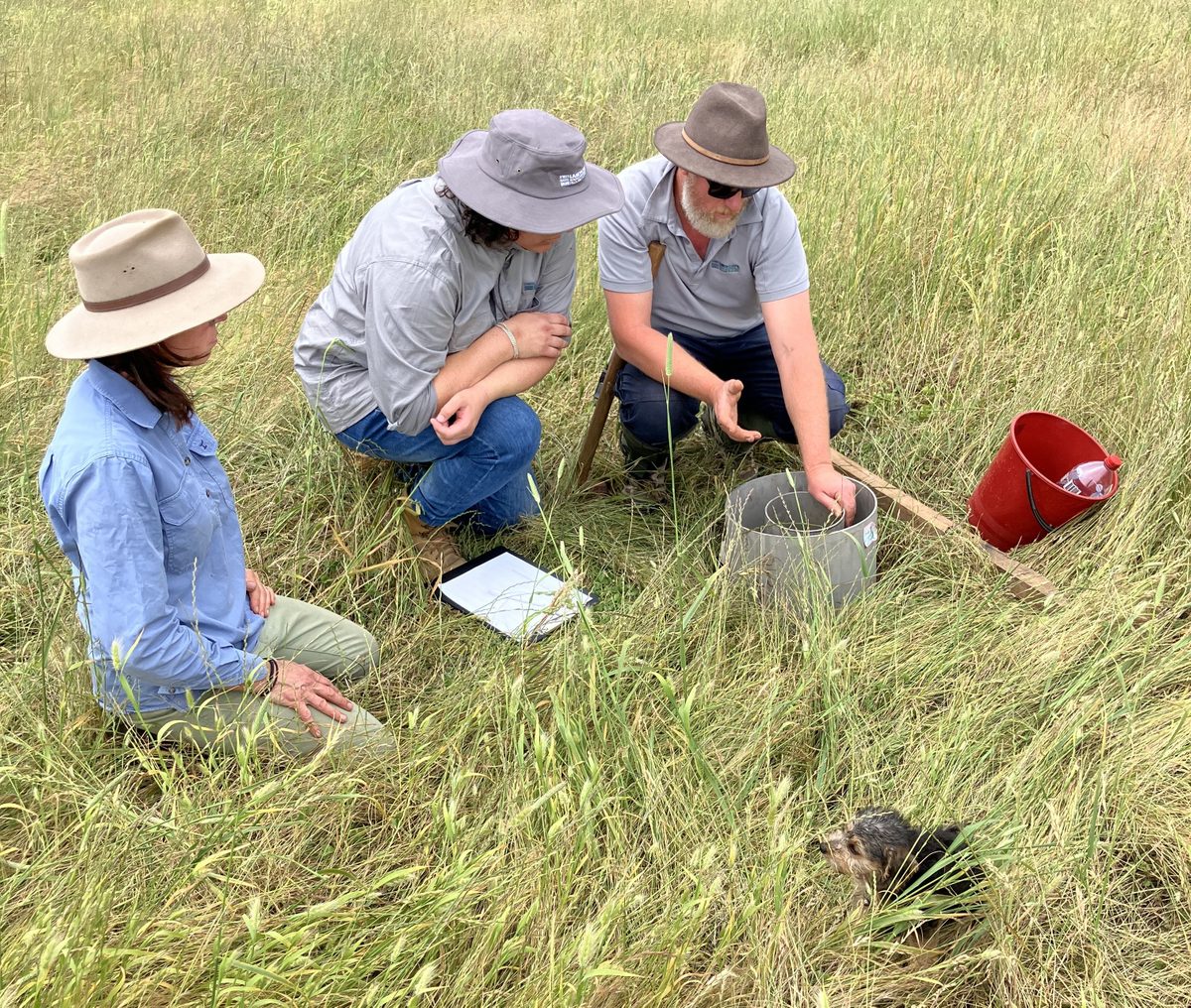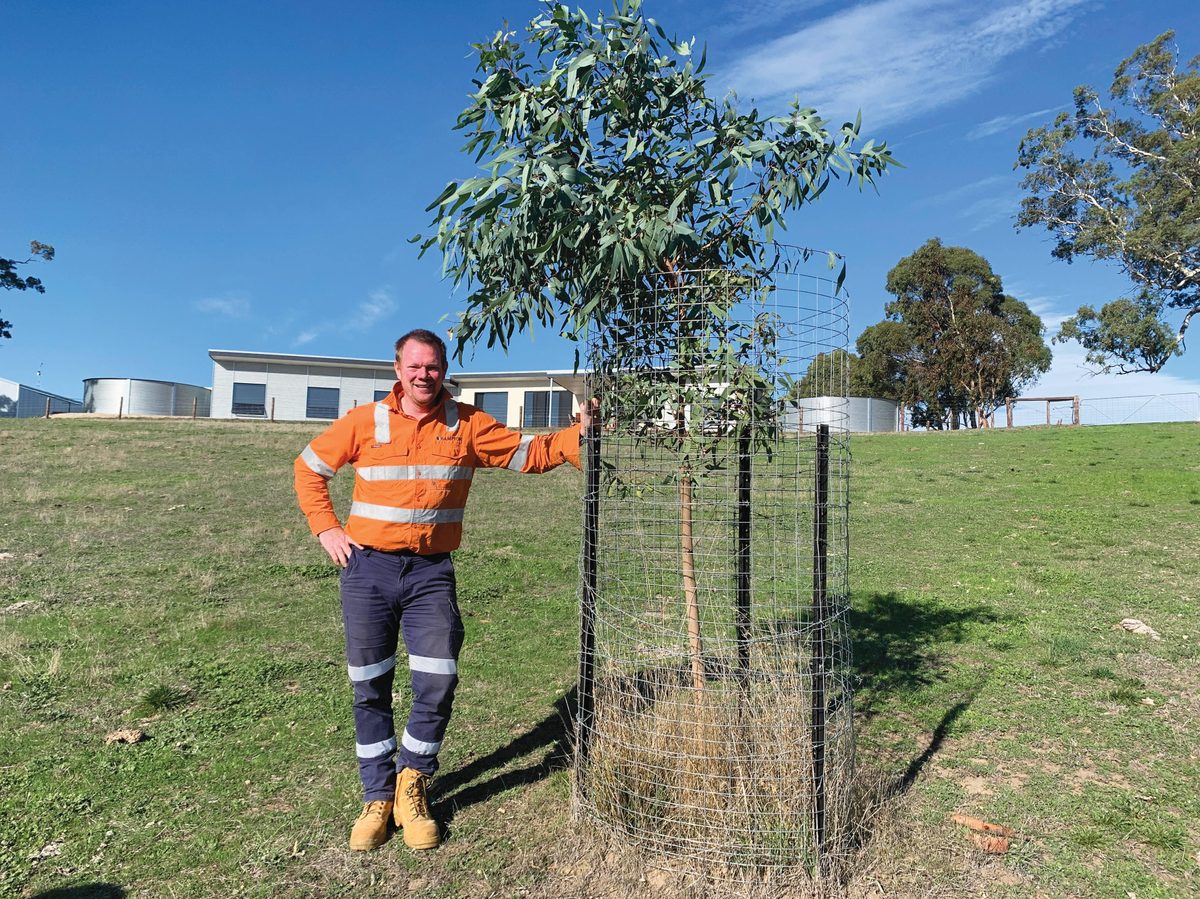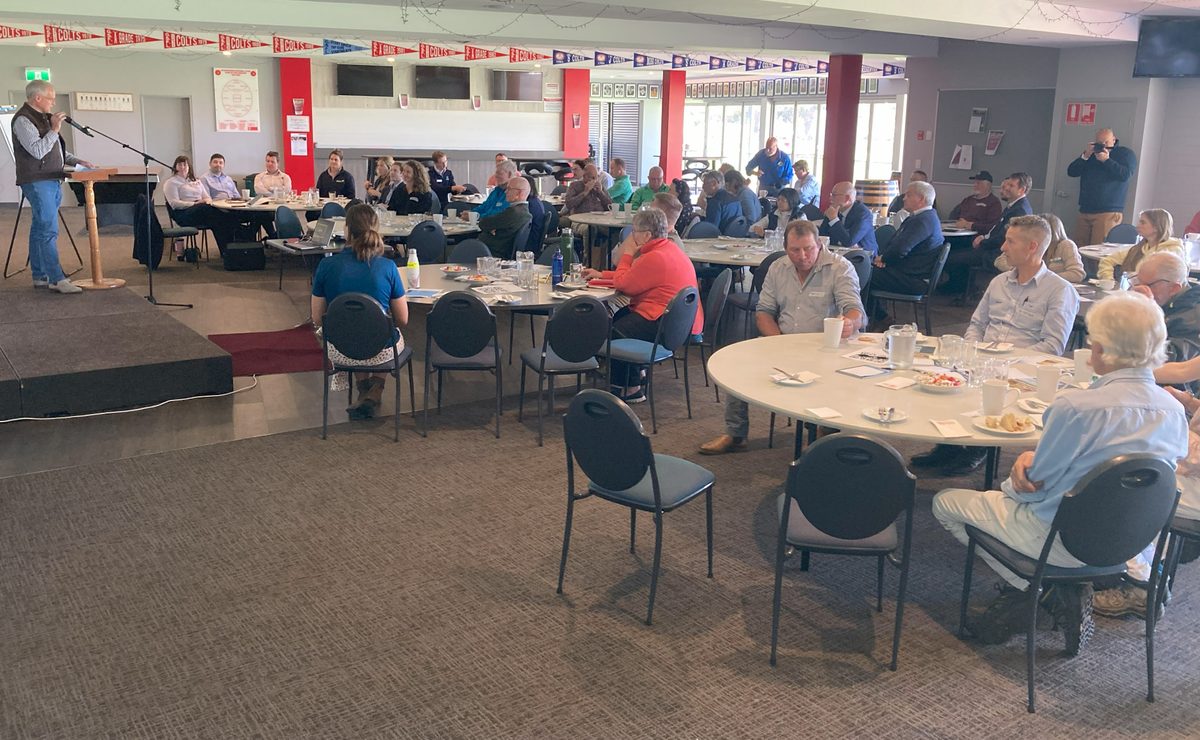Fast tracking soil health with simple principles
Regenerating agricultural land can seem like a mammoth task with few short-term rewards, but for Delamere beef and sheep farmers Ben and Julianne Ryan, noticeable improvements in soil health and structure have been achieved in just four years on their property.
Since easing the parcel of land on the Fleurieu Peninsula in 2020, the Ryans have adopted regenerative grazing practices that have reduced soil compaction and improved the soil’s ability to absorb water, oxygen and nutrients.
Carbon Farming and Soil Extension Officer at Landscapes Hills and Fleurieu, Bonnie Armour, said Mr Ryan has vastly improved soil and pasture health in a relatively short timeframe by implementing some foundational regenerative agriculture principles.
“Ben and Julianne have considered the state of their environment, pasture plants and weeds, and have reduced their chemical and fertiliser inputs,” she said.
“Importantly, they’ve managed the grazing of stock to change their landscape, de-stocking when appropriate to work with the capacity of the land.”
During a recent visit, Ms Armour conducted soil tests and was impressed by the improvements compared to the property's 2020 findings.
“There’s a great diversity of pasture plants with significant tap roots, which shows resilience in the soil,” she said.
“Visiting the property, it was great to see the overall soil strength and moisture in the soil profile and the cattle looked extremely healthy.”
Regenerative agriculture focuses on enhancing soil by restoring five key landscape functions: solar energy capture, water cycle efficiency, soil-mineral dynamics, ecosystem diversity, and human-social connections.
In practice, this involves looks minimising soil disturbance through no-till methods, maintaining surface vegetation (green growing cover is most effective) and keeping living roots in the soil for as long as possible. Regenerative principles also focus on enhancing soil biological diversity by using a mix of perennial pasture species and caring for native vegetation. Strategic livestock grazing and resting periods further support these goals, helping to reduce the need for inputs such as fertilisers and herbicides.
“Ben and Julianne’s pastures and farming systems are a great case study, demonstrating how small gains can be made to soil health in a relatively short time. Little changes can have a big impact - if you're ready to explore regenerative practices for your own land, our team is here to support you,” said Ms Armour.
Learn more about regenerative agriculture principles, including connecting with local networks and viewing local case studies at landscape.sa.gov.au/hf/regenag
This project is funded by the South Australian Government’s Landscape Priorities Fund (LPF). The LPF redistributes landscape levies collected by Green Adelaide in the metropolitan area to regional landscape boards. The event is also supported by the SA Soils Collaboration Centre and the Soils Knowledge Network.




